Lendlease sets two-year timeline to build Logan River sewerage plant and mangrove next to Ramsar wetlands
The developer of a 4000-lot housing estate has set a two-year time line for a $100 million sewerage plant which will flush treated effluent through a man-made mangrove into the Logan River, metres from protected Ramsar wetlands.
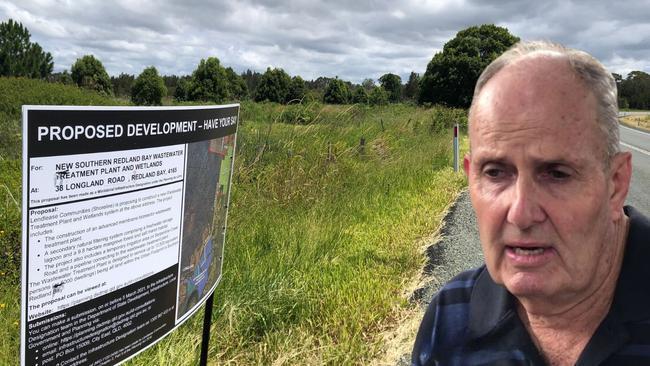
Redlands Coast
Don't miss out on the headlines from Redlands Coast. Followed categories will be added to My News.
The developer of a 4000-lot housing estate has set a two-year timeline for a $100 million sewerage plant which will flush treated effluent through a man-made mangrove into the Logan River, metres from protected Ramsar wetlands.
After more than two years of speculation and negotiation, construction giant Lendlease has revealed it will start building a 9.8 hectare man-made mangrove forest next year but was still waiting to seal an infrastructure deal with Redland City Council.
The mangrove will filter thousands of litres of treated effluent from the state-of-the-art membrane bioreactor before the output liquid will drain into the Logan River.
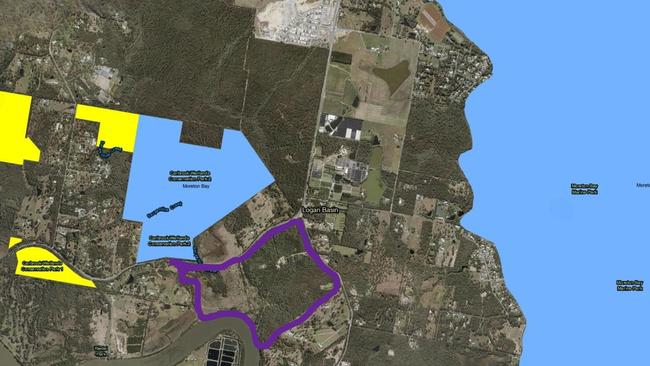
Residents living around the site, which is on a creek plain on the border between Redland and Logan, received flyers on Tuesday informing them of the project, which Lendlease said would take two years to build.
In the flyer, Lendlease said the plant would service about 13,500 Redland residents as well as the new Redland Bay state school under construction, along with sporting and recreation facilities, local businesses and public toilets.
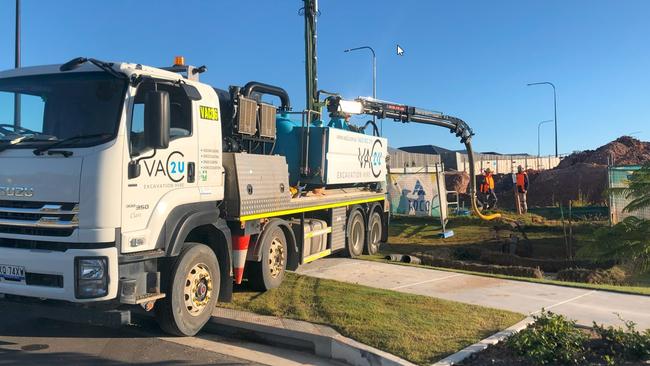
Lendlease project manager Simon Stewart gave no date for the start of construction but said initial works for a driveway, by Hall Contracting, would start in coming weeks.
The new sewerage plant will be across the road from the 1.2sq km Carbrook Wetlands Conservation Park, and will border Ramsar protected wetlands on the Serpentine Creek flood plain.
The company said the mangrove forest and wetlands had full EPBC Act approval and the mangrove would be a complimentary system resulting in a higher quality of recycled water with no effluent or outlet ponds needed.
Output from the wastewater treatment plant would be recycled water (liquid), with solid waste taken offsite.
Lendlease said the wastewater treatment plant would be constructed above the flood level, and would not be subject to flood waters, with designs accommodating tidal inflows and Logan River flood events.
“The new (man-made) mangrove forest will act as a natural filtration system for the plant, with planting to commence next year,” Mr Stewart said in the flyer.
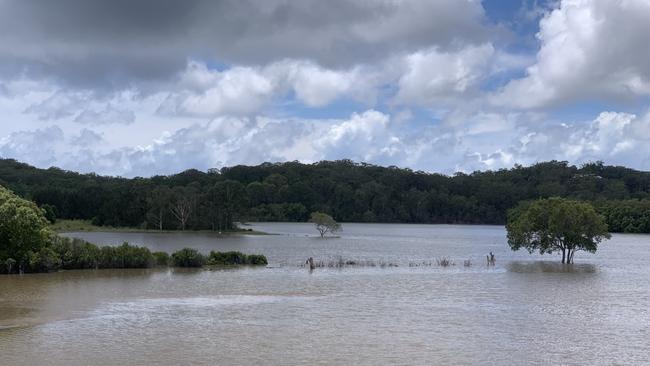
Logan resident Ken Thomas, whose property will overlook the proposed treatment plant, said residents were told in January that there would be no liquid output from the plant and no run-off into the river.
However, Lendlease said the plans and designs had not changed since State Planning Minister Steven Miles approved them in 2021.
“In January, we were told it would be a state-of-the-art membrane bioreactor and there would be no effluent ponds as there would be a solid by-product that would be sold as fertiliser to nearby nurseries,” he said.
“That is different to what we were told in 2021, when we were told there would be an intake drain from the Logan River with the water used in the treatment process before the output was rinsed through multiple ponds on the flood plain.
“So we lodged objections with the state government and we believed that the state listened to those complaints and then set conditions
“But now we hear that the output by-product will be a liquid that will be cleansed through a man-made mangrove, on the flood plain.
“The flyer we were sent this week gives us no detail about the proposal which is going to cover 10 hectares without effluent ponds.
“This looks like a cheaper alternative that drains liquids into the river across a flood plain, which does not support this type of mangrove.”
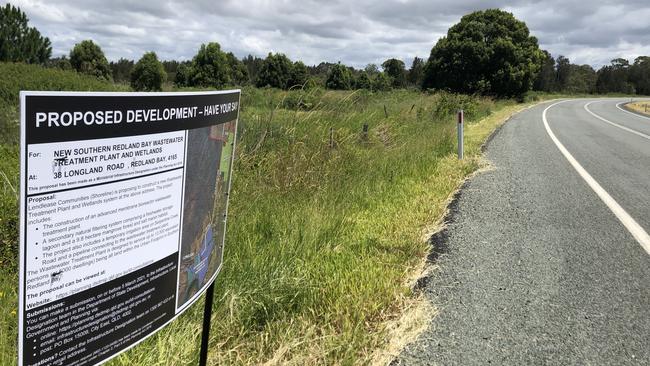
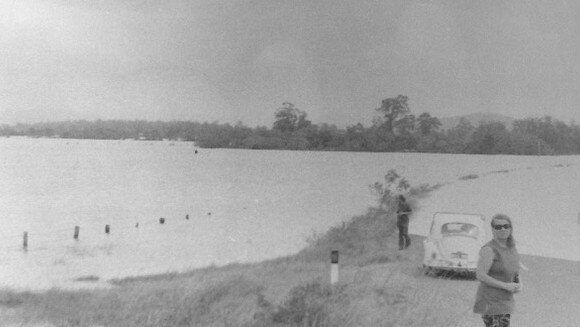
Retired doctor of toxicology Dr Jorma Ahokas said the bioreactor would significantly cleanse the effluent but said more details were needed about the composition of the water entering the river.
“The mangrove system is supposed to filter treated effluent liquid but how will the mangroves soak up the effluent liquid at high tide when the land is covered in tidal waters?” Dr Ahokas said.
“Most mangroves need to be covered by water at some stage so if these mangroves are not covered at high tide, will they survive?”
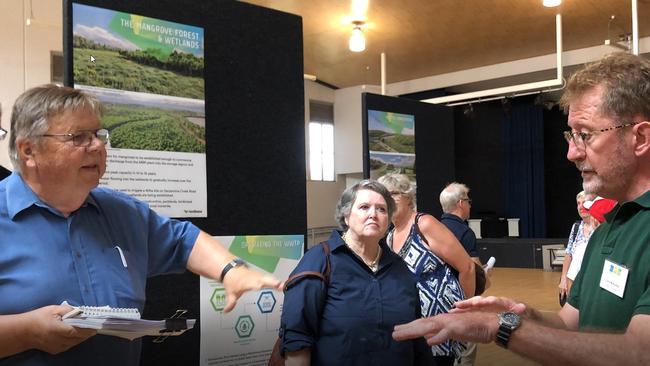
Lendlease head of Queensland communities Ian Murray said the company was adopting a sustainable, best-practice solution to wastewater management to deliver significant benefits to residents and the local community.
“This important milestone marks the commencement of the early works package demonstrating our commitment to building and funding vital infrastructure for not only Shoreline, but also the Redlands community.
“The plant aims to set a new benchmark in environmental wastewater management by utilising an innovative natural filtration system through the creation of the mangrove forest and saltmarsh wetland.
“The mangrove forest and wetlands will help to improve the water quality of the Logan River, with the river water entering the mangrove wetland on the incoming tide to be filtered by the mangroves, returning cleaner water to the river on the outgoing tide.”





